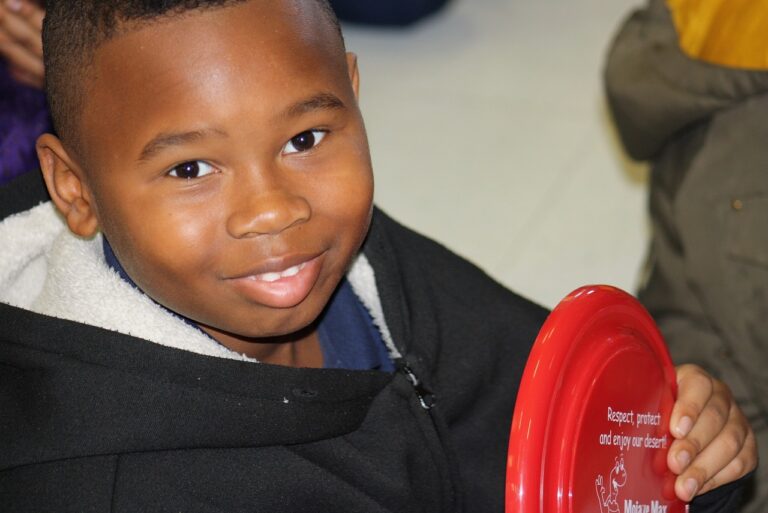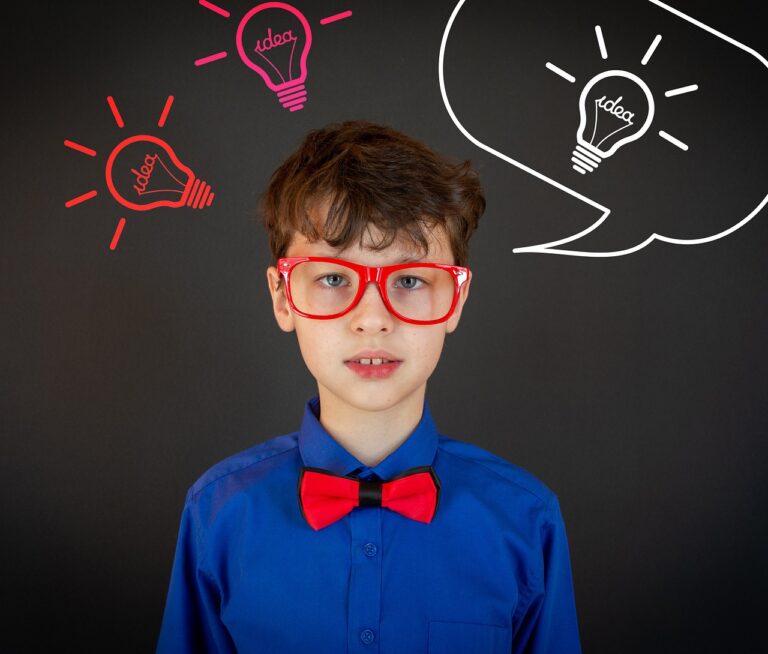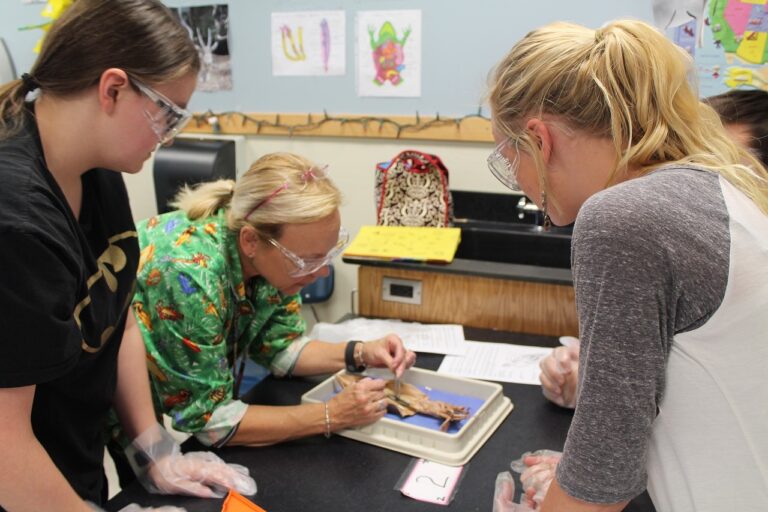The Role of Nontraditional Learning Environments in Education
Nontraditional learning environments offer students the opportunity to explore subjects in innovative ways, fostering creativity and critical thinking skills. These environments often involve hands-on experiences and real-world applications of concepts, allowing students to connect theory to practice seamlessly. By breaking away from traditional classroom settings, learners can engage more actively with the material and develop a deeper understanding of the subject matter.
Moreover, nontraditional learning environments promote independence and self-directed learning among students. With more freedom to explore topics that interest them, learners can take ownership of their education and tailor their learning experiences to suit their individual needs and preferences. This personalized approach to learning not only enhances motivation but also encourages students to take on a more active role in their education, leading to a more enriched and fulfilling learning journey.
Challenges Faced in Nontraditional Learning Environments
Navigating nontraditional learning environments can present a unique set of challenges for students. One such challenge is the lack of face-to-face interaction with teachers and peers, making communication more difficult and potentially hindering the learning process. Additionally, the flexibility offered in nontraditional settings can lead to a lack of structure, requiring students to be self-disciplined and motivated to stay on track with their studies.
What are some benefits of nontraditional learning environments?
Some benefits of nontraditional learning environments include increased flexibility, personalized learning experiences, and the opportunity to develop critical thinking and problem-solving skills.
What challenges are commonly faced in nontraditional learning environments?
Common challenges in nontraditional learning environments include lack of structure, difficulty in maintaining focus and motivation, and limited access to resources and support.
How can students overcome the challenges faced in nontraditional learning environments?
Students can overcome challenges in nontraditional learning environments by creating a structured schedule, setting specific goals, seeking support from peers and instructors, and utilizing available resources effectively.
Are nontraditional learning environments suitable for all types of learners?
Nontraditional learning environments may not be suitable for all types of learners, as some students may thrive in a more traditional classroom setting with face-to-face instruction and structured curriculum.
How can educators support students in nontraditional learning environments?
Educators can support students in nontraditional learning environments by providing clear guidelines and expectations, offering regular feedback and communication, and creating opportunities for collaboration and engagement.





